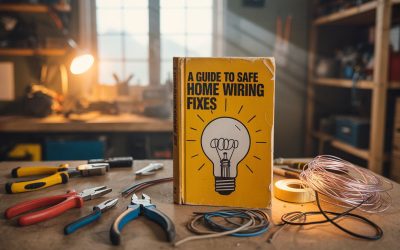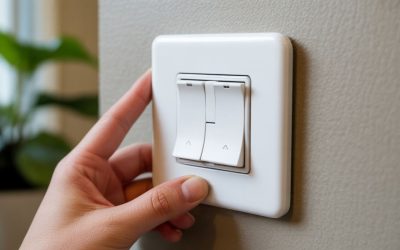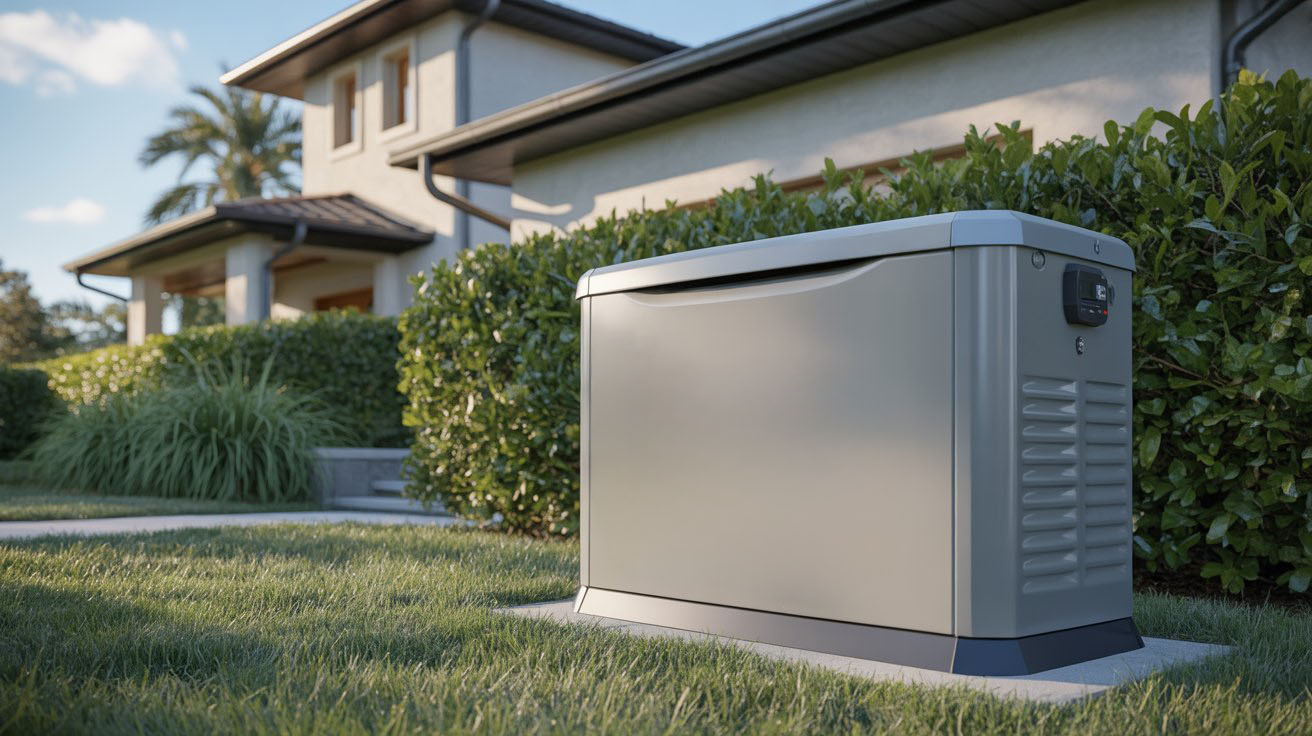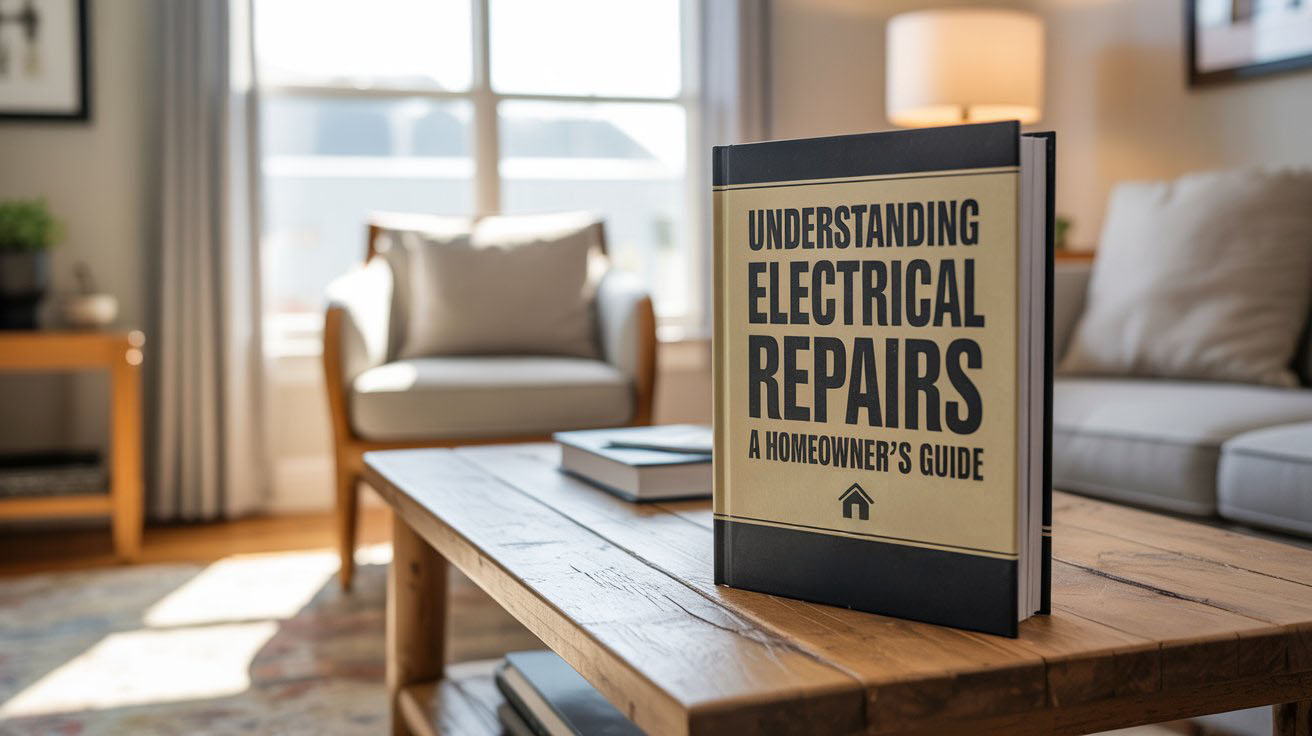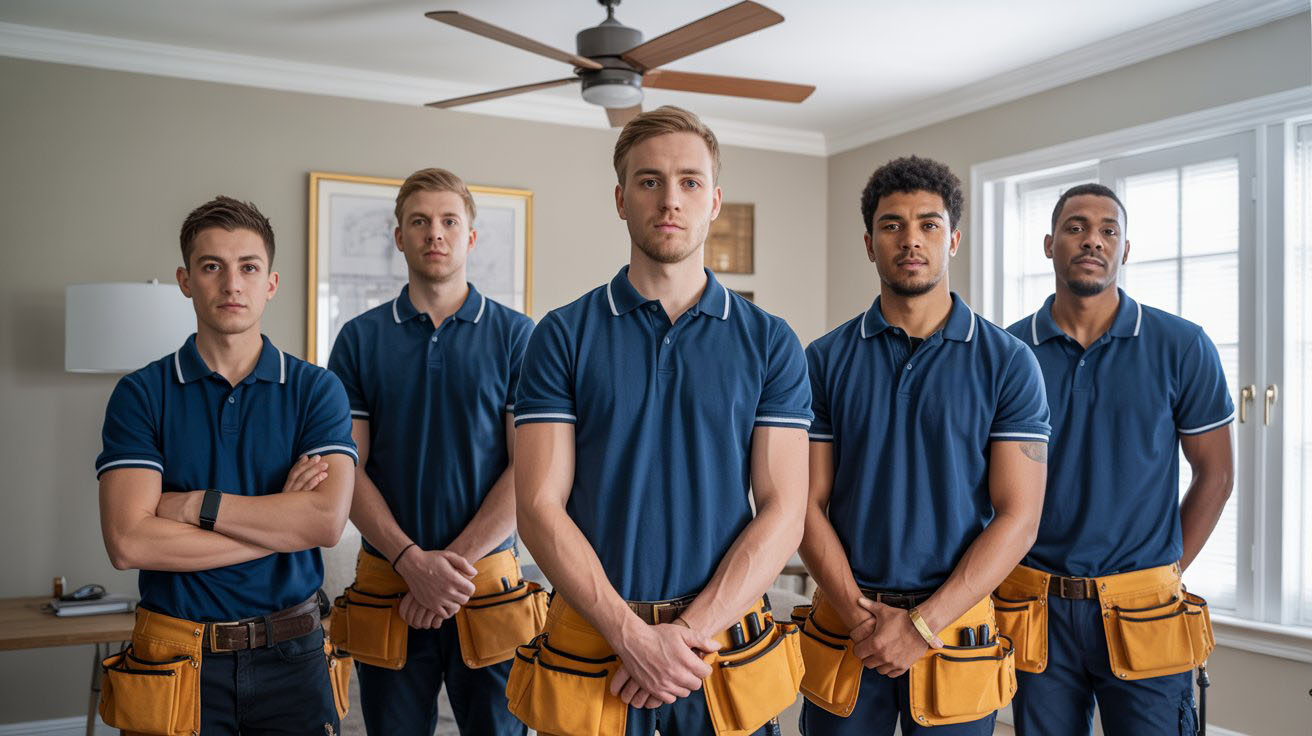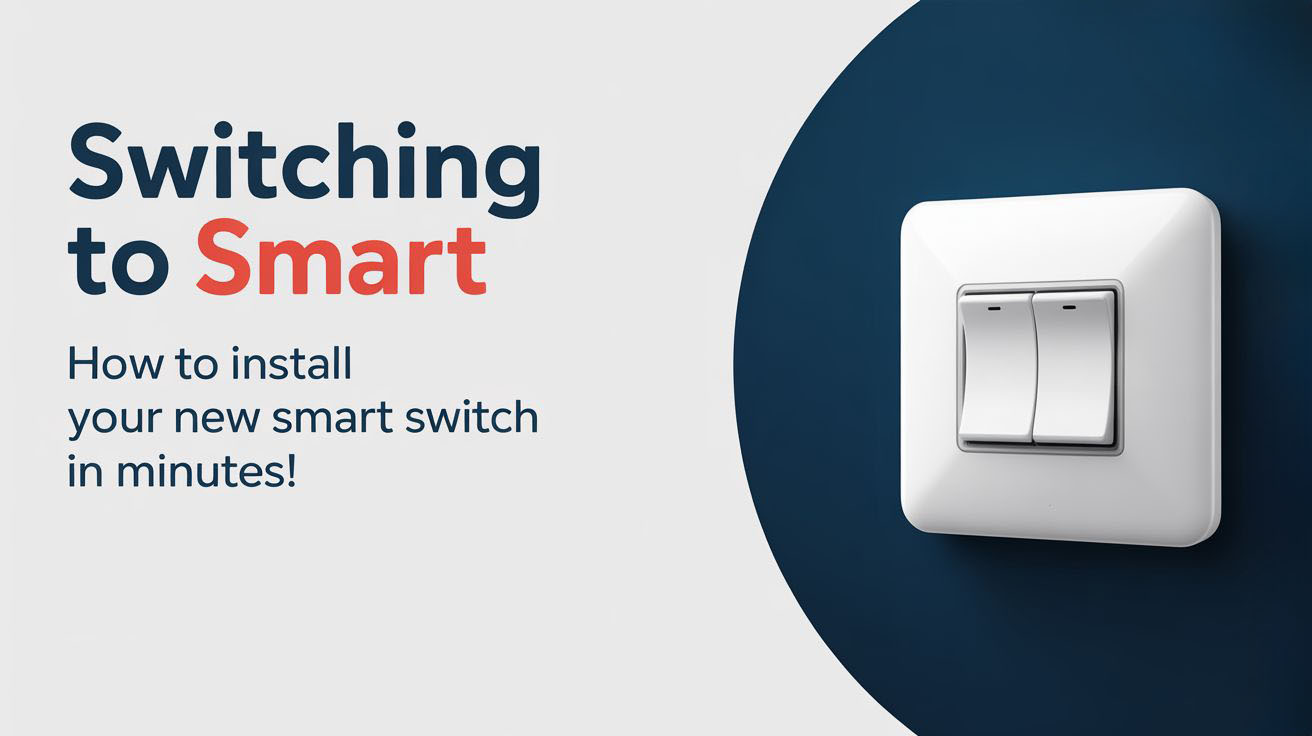Electrical surges can be a significant threat to your home and electronics. Installing a whole-house surge protector is an effective way to safeguard your investment and ensure peace of mind. This guide outlines the steps for installing a surge protector and emphasizes the importance of hiring a professional electrician for the task.
Table of Contents
- What is a Surge Protector?
- Benefits of Whole House Surge Protection
- How Surge Protectors Work
- Tools and Materials Needed
- Steps to Install a Surge Protector
- Key Takeaways
- Frequently Asked Questions
- Schedule Your Electrical Service Today
What is a Surge Protector?
Surge protectors are devices that help protect electrical appliances and systems from voltage spikes. These voltage spikes can be caused by various factors, including lightning strikes, faulty wiring, or even the operation of heavy appliances in your home. A whole-house surge protector provides protection at the source, safeguarding all devices connected to your electrical system.
Benefits of Whole House Surge Protection
Installing a whole-house surge protector comes with numerous benefits:
- Comprehensive Protection: Safeguards all electronic devices in your home, including appliances, computers, and home entertainment systems.
- Cost Savings: Reduces repair and replacement costs for damaged electronics.
- Increased Safety: Minimizes the risk of electrical fires caused by surges.
- Longevity of Devices: Helps to extend the life of your electrical appliances and systems.
These advantages make it clear why many homeowners opt for this preventative measure.
How Surge Protectors Work
Surge protectors divert excess voltage into the ground. They contain components such as metal oxide varistors (MOVs) and gas discharge tubes. When a surge occurs, these components activate, absorbing the extra energy and preventing it from reaching your devices. This mechanism significantly reduces the risk of damage.
Tools and Materials Needed
Before starting the installation, gather these tools and materials:
- Whole-house surge protector
- Screwdriver set
- Voltage tester
- Electrical wire (as per local codes)
- Circuit breaker panel access
Having the right tools on hand makes the process smoother and ensures a safer installation.
Steps to Install a Surge Protector
Although you can attempt to install a surge protector yourself, it’s often best to hire a professional electrician. Here are basic steps to follow if you choose to proceed:
- Turn Off Power: Before starting, turn off the main power to your home. Use a voltage tester to confirm that there is no electricity flowing.
- Access the Circuit Breaker Panel: Remove the cover of the electrical panel to gain access to the breakers.
- Identify the Location: Most surge protectors can be installed directly into your breaker panel. Identify the best spot.
- Connect the Wires: Follow the instructions from the surge protector’s manufacturer. Connect the surge protector’s wires to the appropriate terminal in the panel.
- Secure the Device: Ensure the surge protector is securely in place and reattach any covers you removed.
- Restore Power: Once everything is securely installed, turn the main power back on and test the surge protector.
While these steps provide a general outline, it’s crucial to adhere to local codes and regulations, which is another reason to consult a licensed electrician.
Key Takeaways
– Surge protectors safeguard electronic devices from voltage spikes.
– Whole-house surge protection is more comprehensive than plug-in protectors.
– Proper installation is crucial for adequate protection.
– Consulting a professional electrician is often recommended.
Frequently Asked Questions
What is the difference between a whole-house surge protector and a power strip?
A whole-house surge protector provides comprehensive protection at the panel level for all devices in your home. In contrast, a power strip only protects devices plugged into it.
How often should I replace my surge protector?
It is recommended to replace a whole-house surge protector every 3 to 5 years, depending on usage and local conditions.
Can I install a surge protector myself?
You can install one yourself, but hiring a licensed electrician is often safer and ensures compliance with local codes.
Is a surge protector necessary if I have insurance?
While insurance can help cover damages, a surge protector significantly reduces the risk of harm, potentially saving you money and hassle.
What should I do if my surge protector trips?
If your surge protector trips, investigate the cause of the surge. Reset the protector and address any electrical issues in your home.
Schedule Your Electrical Service Today
Protecting your home and electronics is critical, and a whole-house surge protector is a smart investment. If you’re ready to install one or need professional assistance, don’t hesitate to reach out. Contact us today for expert electrician services tailored to your needs. Contact us to take the next step in ensuring your home’s safety.


